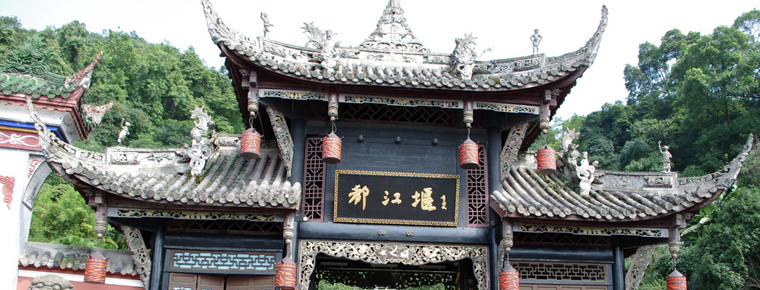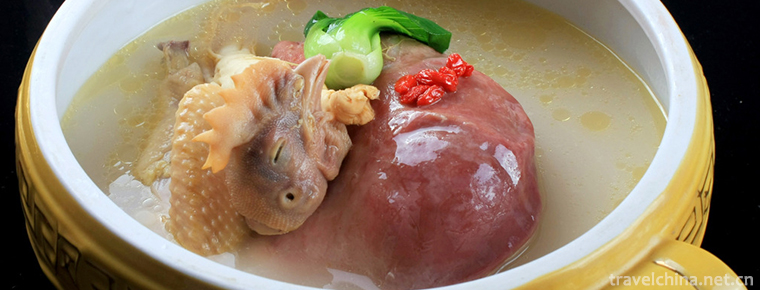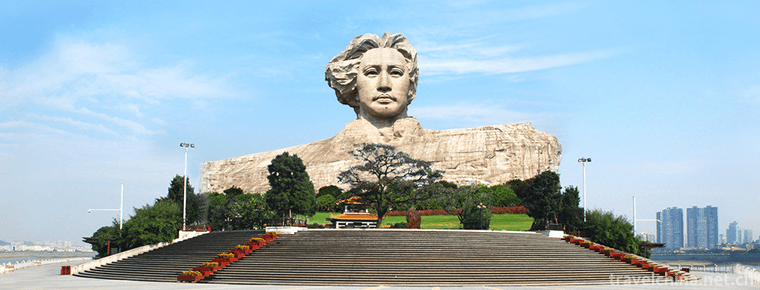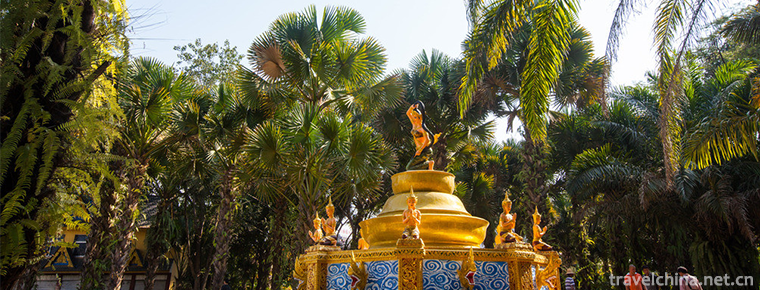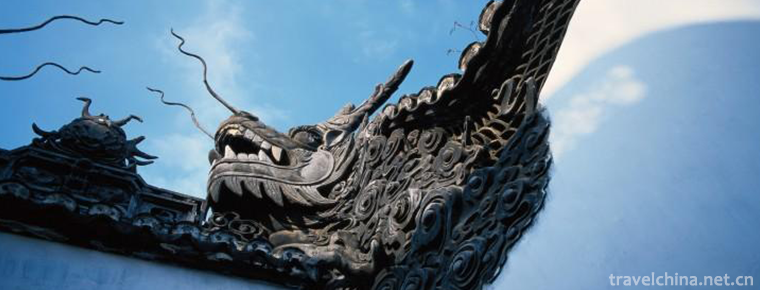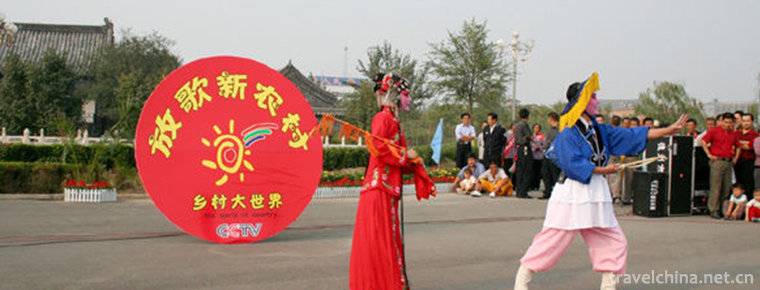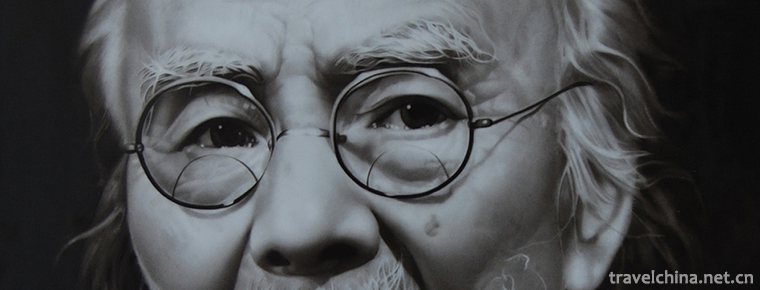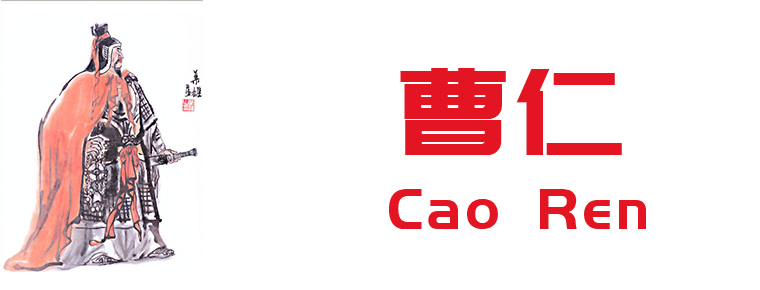Comic Opera Funny opera
Comic Opera Funny opera
Funny opera is one of the local dramas in Shanghai. It is now mainly popular in Shanghai and its surrounding Wu dialect areas.
Most of them use Shanghai dialect as their expressive language, and imitate Taihu dialect of Wu dialect in large quantities. Occasionally, they imitate other dialects such as northern dialect, Cantonese and so on.
On June 20, 2009, comedy (Suzhou comedy) was listed in the second batch of provincial intangible cultural heritage list in Jiangsu Province.
On May 23, 2011, comedy was listed in the third batch of national intangible cultural heritage list with the approval of the State Council.
Origin of drama
In the mid-period of the Anti-Japanese War, comedy, farce and local operas in the south of the Yangtze River were gradually influenced by Shanghai's opera "one-man drama". It is popular in Shanghai, southern Jiangsu, Zhejiang and many other areas, and is welcomed by the broad audience. From 1957 to 1965, the Nanjing Municipal Comic Troupe often performed along the ports of the upper and middle reaches of the Yangtze River and in Hunan, Guangdong and Guangxi. The footprints of Suzhou Funny Troupe also cover Jiangsu, Zhejiang, Shanghai, Anhui, Hubei, Henan and other provinces and cities.
Development History
The formation and development of comic operas are inextricably linked with civilized dramas (new dramas) and one-legged dramas. Civilized drama, also known as popular drama or dialectal drama, is differentiated from "new drama" (also known as love American drama). The characters in civilized drama have a funny line, which is called "Four Courtyard Pillars and One Main Beam" in conjunction with pupils, sad dans, pudans and Laosheng.
When comedy was just derived from civilized drama, its performing arts and roles were still civilized. It was only led by the actors of big comedy, and more jokes were arranged in the play. The combination of post-one-legged drama and civilized drama has formed a special theatrical performing art with rap and singing focusing on making jokes. In the early stage of its formation, the funny operas in Suzhou were mainly composed of dialogues, with few singing insertions. Later, the composition of singing in the operas gradually increased. Zhang Faner opposed "hard comedy" and advocated that everything was reasonable and unexpected before the audience burst into laughter. His pursuit of humor and meaningfulness of jokes makes the audience laugh after watching them, which is the consistent style of Suzhou comedy.
Famous artist
Early famous actors: Wang incompetence, Jiang Xiaoxiao, Liu Chunshan
Modern famous actors: Yao Mushuang, Zhou Baichun, Wu Shuangyi, Wang Shuangqing, Tong Shuangchun, Weng Shuangjie, Li Qing, Fang Yanhua, Gu Qin and Chen Qin


Comic Opera Funny opera
-
Pork stomach stewed chicken
Belly chicken is a very traditional dish in Hakka area. It has a long history. It was first eaten by Hakka women when they were sitting on the moon, and it had a very good nourishing effect.
Views: 272 Time 2018-11-02 -
Tiantangzhai Tourist Scenic Area
Tiantangzhai (National AAAAA Tourist Scenic Spot, National Nature Reserve, National Forest Park and National Geological Park) is the second peak of the Dabie Mountains
Views: 205 Time 2018-12-08 -
Yuelu Mountain and Orange Prefecture Tourist Area
Orange Island Scenic Area is located in the heart of the Xiangjiang River opposite Changsha City, Hunan Province. It is the largest famous island in the Xiangjiang River with an area of 91.4 hectares
Views: 220 Time 2018-12-12 -
Manting Park
Manyin Park is located in the southeast of Jinghong City, the capital of Xishuangbanna Dai Autonomous Prefecture. It is about 2 kilometers away from the urban area.
Views: 193 Time 2019-02-07 -
Restoration Techniques of Ancient Architecture
Ancient buildings are an important part of historical relics in China. Protecting, restoring and renovating ancient buildings is one of the important tasks in the protection of cultural relics.
Views: 206 Time 2019-05-01 -
Yigou gou
"Yigou" is a traditional drama in Gaotang area of Shandong Province and one of the national intangible cultural heritages.
Views: 146 Time 2019-07-12 -
Qi baishi
Qi Baishi (January 1, 1864 - September 16, 1957), formerly known as Zhi Zhi, the word Wei Qing, No. Lanting Pavilion, later renamed Huang, the word is on the edge, the number of Bai Shi, white stone m
Views: 314 Time 2019-09-04 -
Cao Ren
Cao Ren (168 - 23 May 6th), Zi filial piety, Han nationality. Pei country Qiao (today) Anhui Cao Cao, Bozhou From younger brother (from ancestor). The famous heroes of the Three Kingdoms period.
Views: 186 Time 2019-09-15 -
Jintang Yunding mountain scenic spot
Jintang Yunding mountain is located in the middle section of Longquan Mountain in Jintang County, Chengdu. The scenic spots include Yunding mountain, Hantan ancient ferry, Jintang small Three Gorges of Tuojiang River
Views: 219 Time 2020-11-05 -
General situation of Chengdu Giant Panda Base
According to the information on the base's official website in May 2017, Chengdu Research Base for giant panda breeding implements a three-level management mode of "Director Office Department (Center) - team". The director's office has 5 leading posts, including 1 Director and 4 deputy
Views: 237 Time 2020-12-13 -
Suining hydrology
There are many small and medium-sized rivers in Suining City. There are 15 rivers with drainage area of more than 100 square kilometers in Suining City, including Fujiang River, Qiongjiang River, Qijiang River, Zijiang River, Qinggang River and Pengxi River.
Views: 362 Time 2020-12-16
